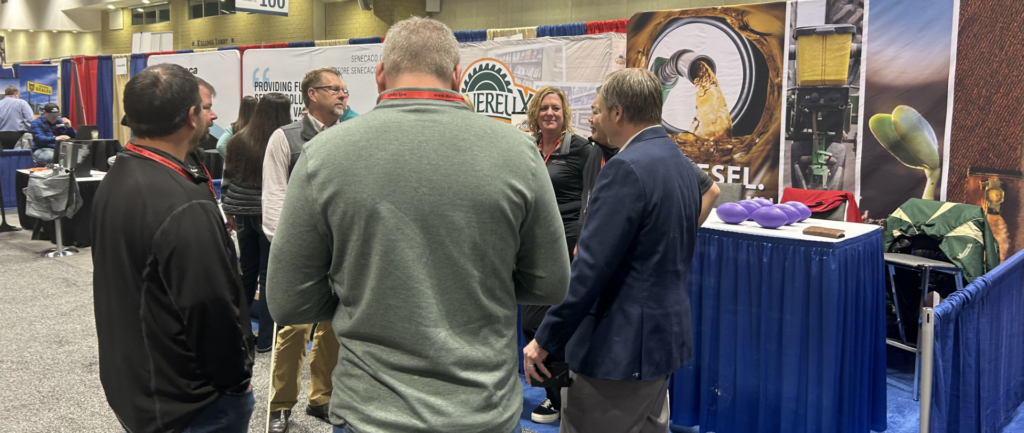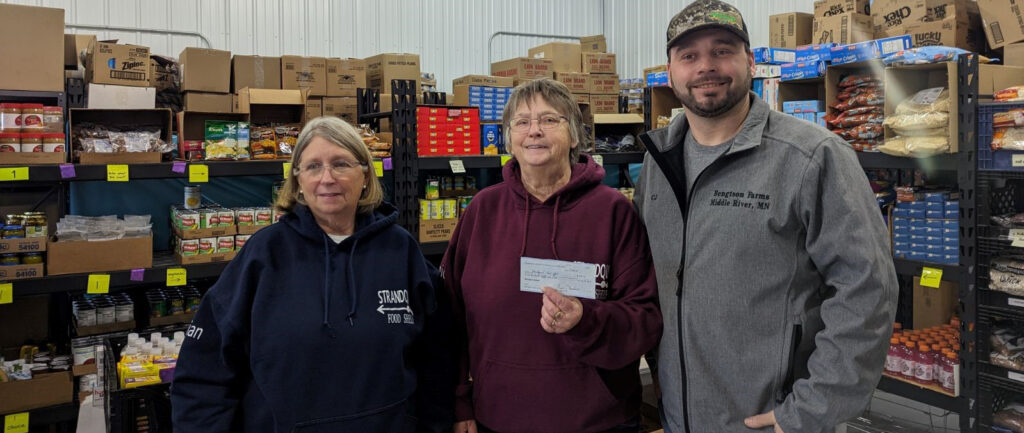These late rains have been a bit troubling. In some hilly areas, the rain runs off the field and empties into the rivers and streams. In more flat fields, ponds form in the low areas. Some fields have had flooding events three or more times this year, and management of them is relatively simple; they have become weed patches. In other fields, soybeans recover and do well but in other areas, they stop growing and mature early.
 The issue becomes differential maturing occurring across the field. As I do windshield surveys of local soybean fields, I can foresee field harvest problems like green beans, small beans, moldy beans, etc., popping up at the elevators resulting in dockages.
The issue becomes differential maturing occurring across the field. As I do windshield surveys of local soybean fields, I can foresee field harvest problems like green beans, small beans, moldy beans, etc., popping up at the elevators resulting in dockages.
Those same beans going into on-farm storage can become a nightmare. In the end, it becomes a virtual, variable mess. This makes harvesting decisions particularly difficult.
What can a farmer do?
We have about three harvest decisions. First, you can harvest each section of the field when it’s time to harvest. This is usually not a practical decision due to equipment size and the early harvest sections of the field are not always easily accessible. The other option is to wait until the entire field is ready to harvest. This becomes problematic as pod shatter increases.
According to Shawn Conley, Wisconsin Extension soybean specialist, the general rule of thumb is 4 shattered seeds per square foot is the equivalent loss of one bushel per acre. Can you afford to leave a bushel, much less 4 or 5, behind this year? If harvest loss to shatter and other issues are of main concern, the third option is to harvest as soon as possible. This leads to issues of harvesting green beans, getting docked for small and/or moldy beans, and finally the speed of harvest may be dramatically decreased as you deal with the difficulty of harvesting variable moisture beans.
In the end, the decision should be to focus your time and efforts to protect and harvest your highest yielding fields at the optimal time.

Harvest the other, possibly lower-profitability areas as you can. Instead of selling damaged or lower quality soybeans at the elevator, they could be fed locally to cattle, as detailed in the 2016 September-October edition of Soybean Business magazine. Watch for it later this month.







